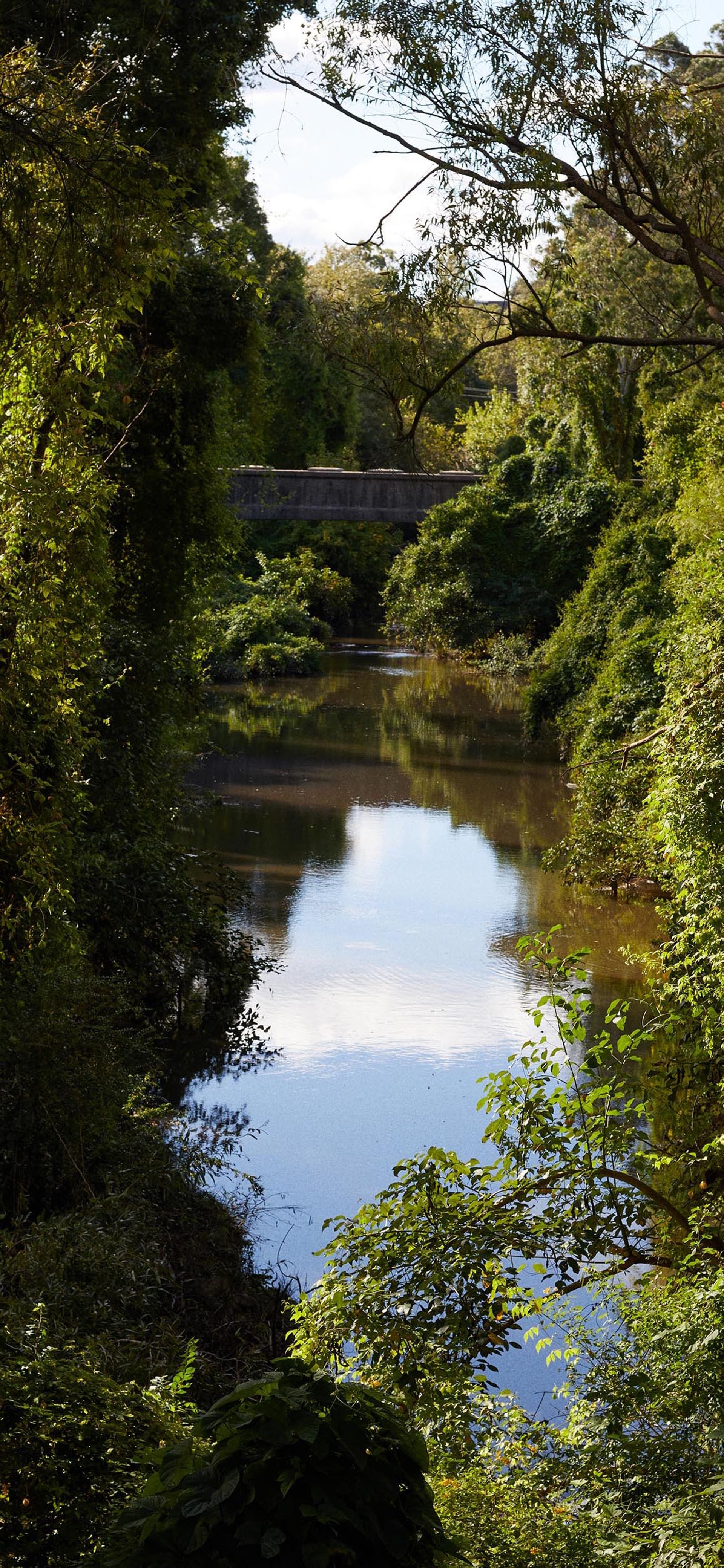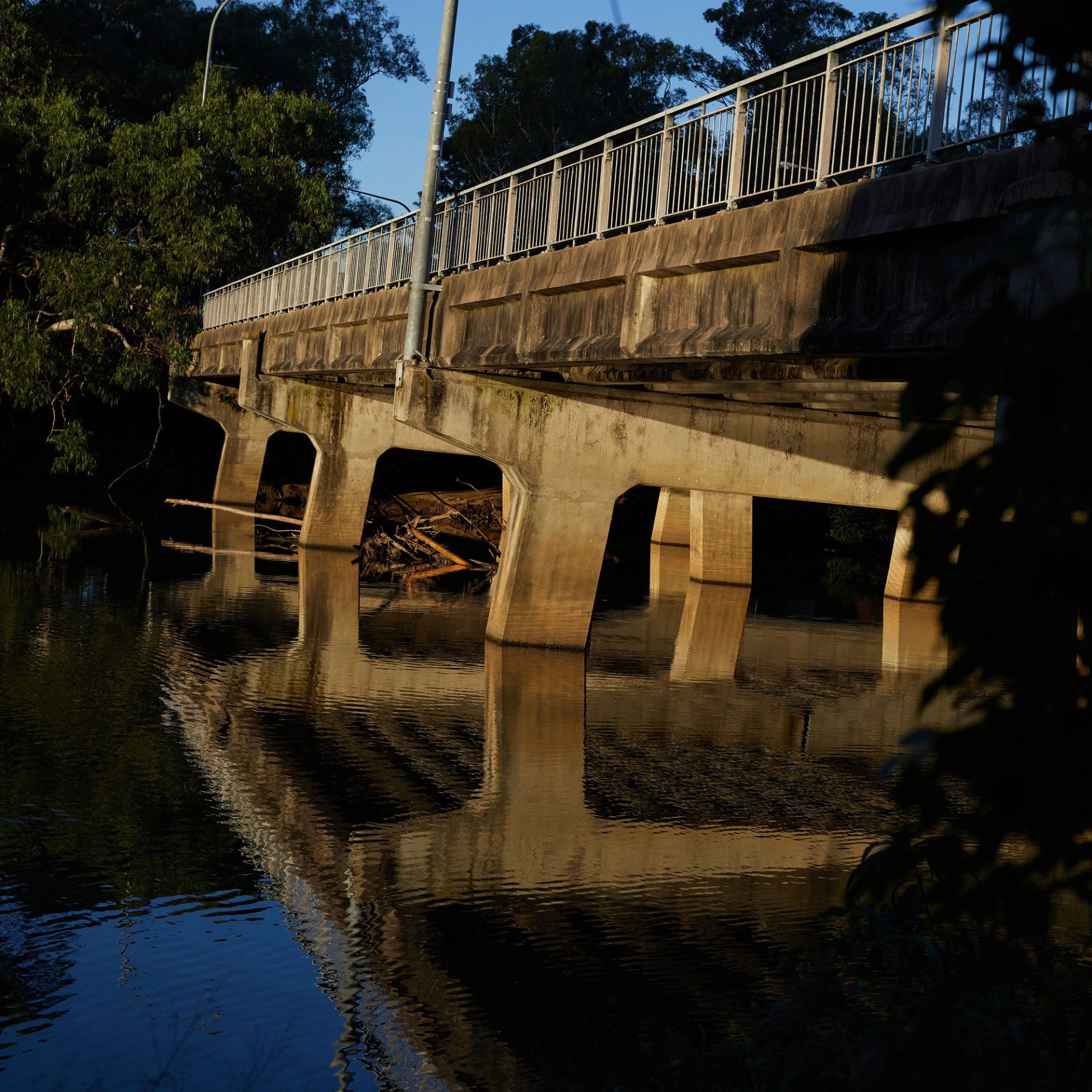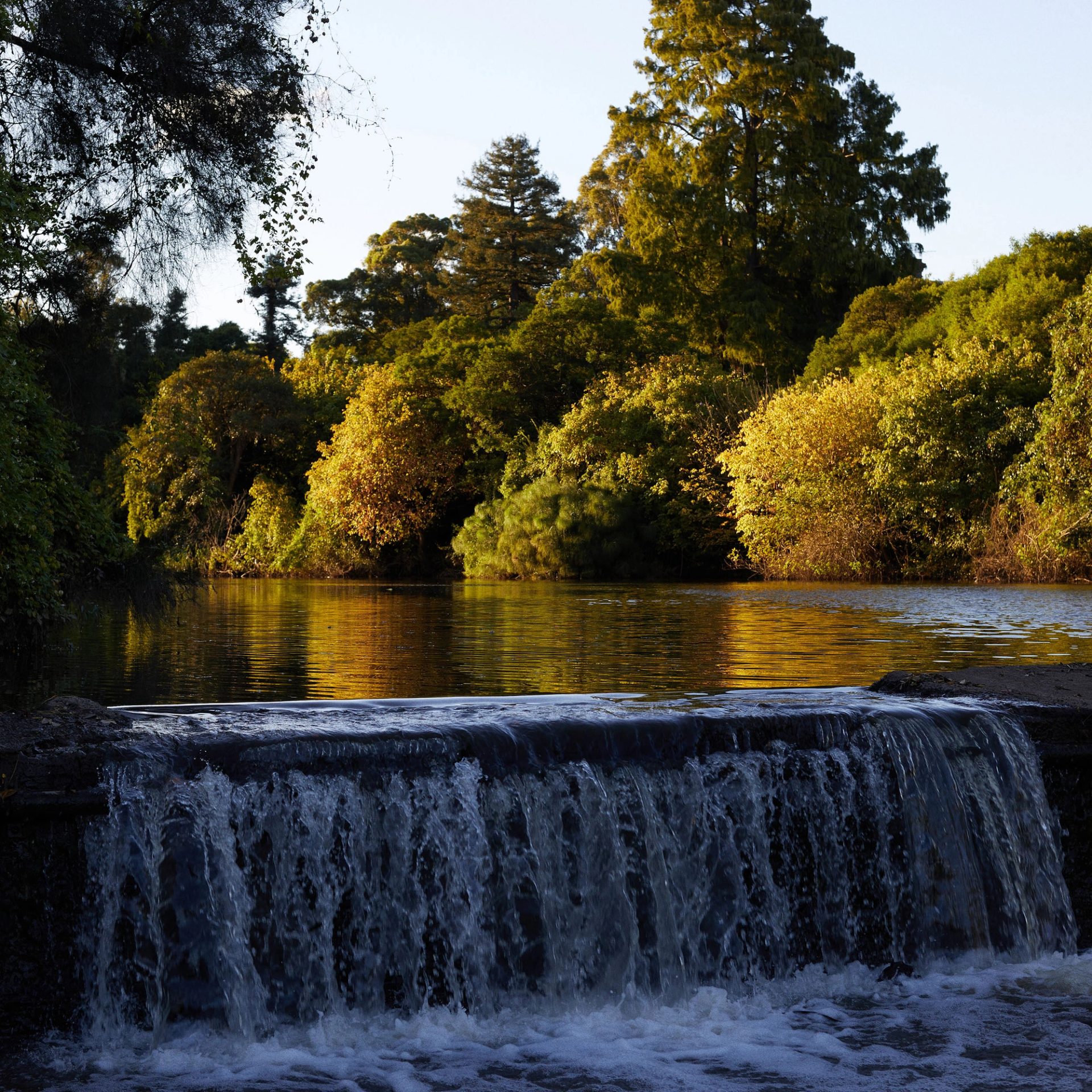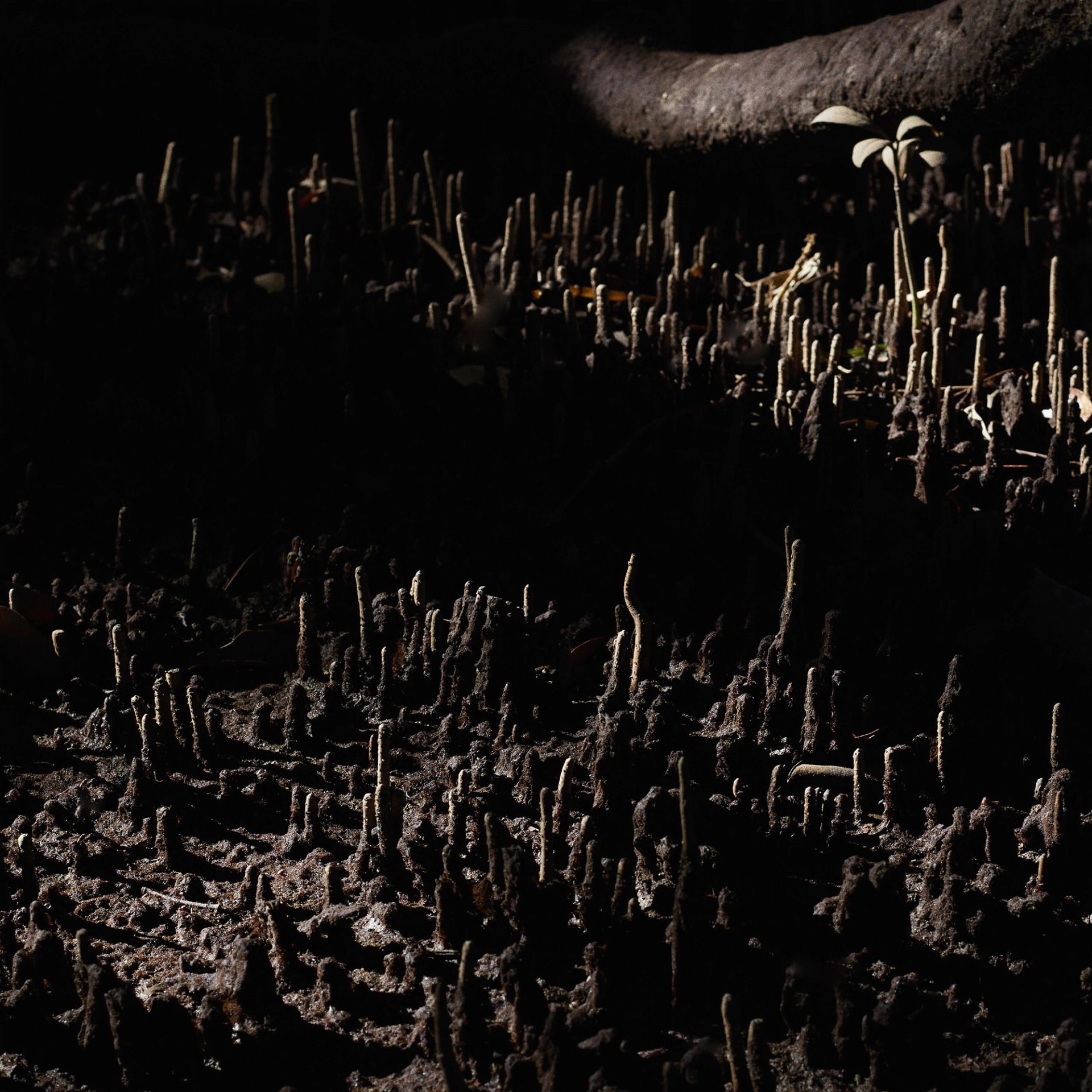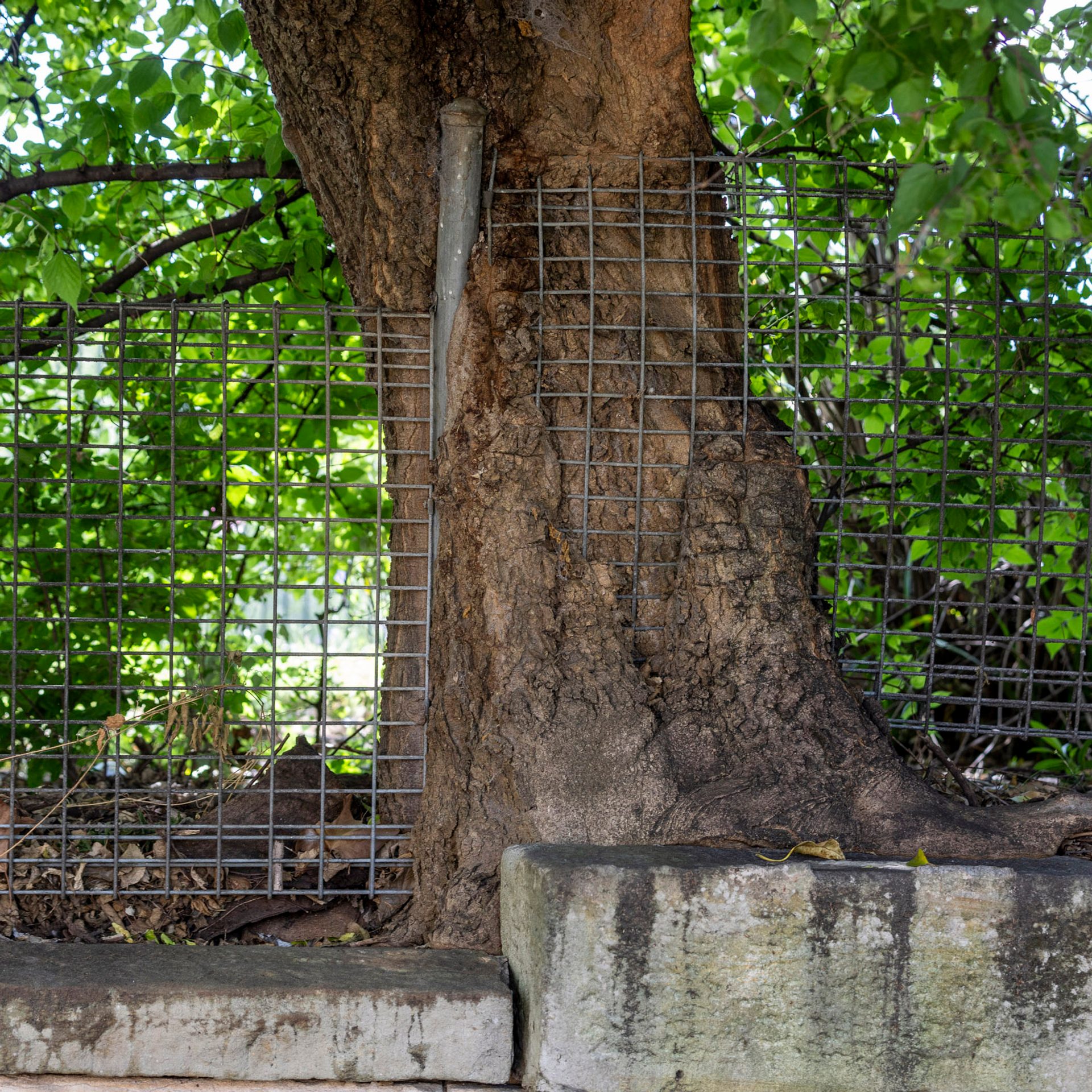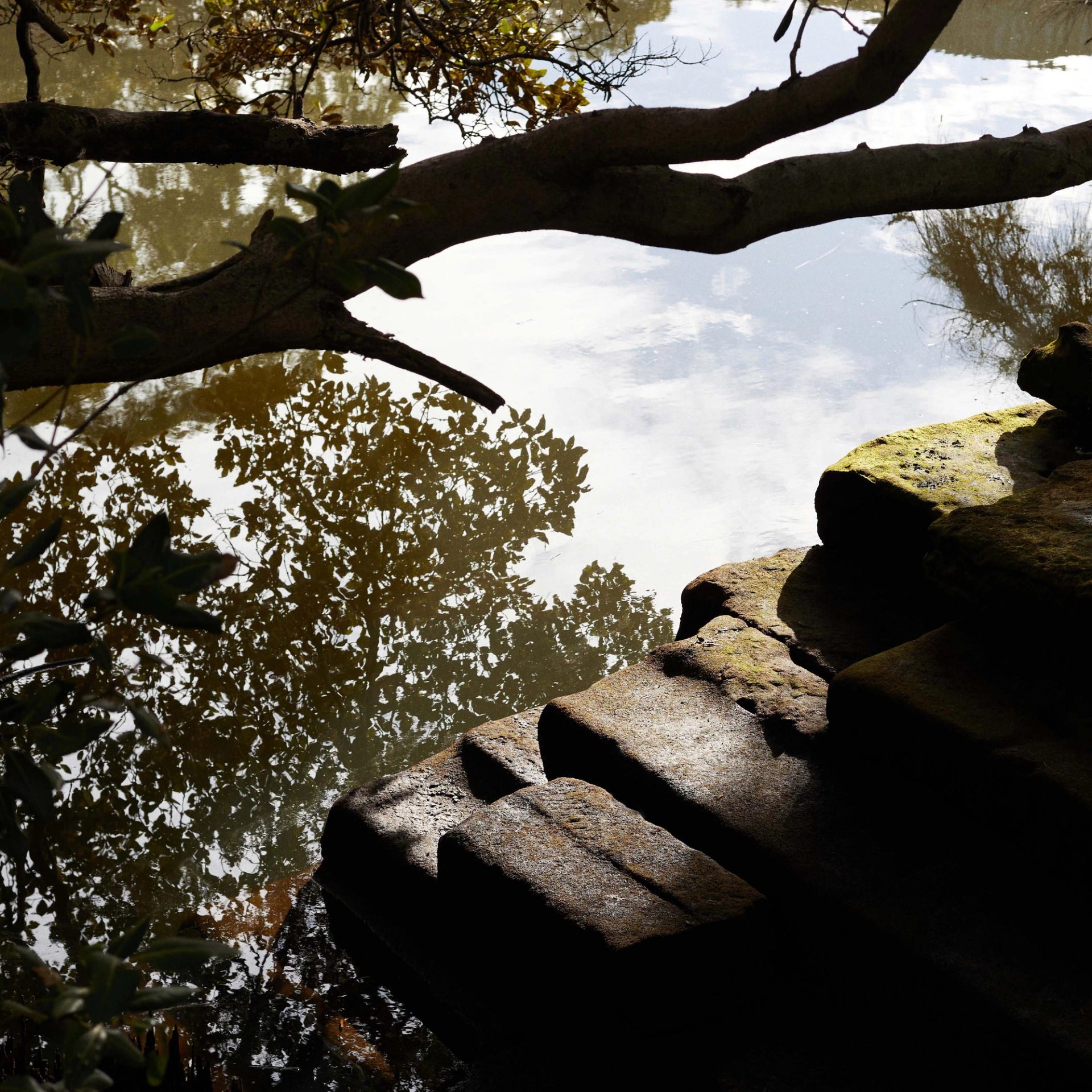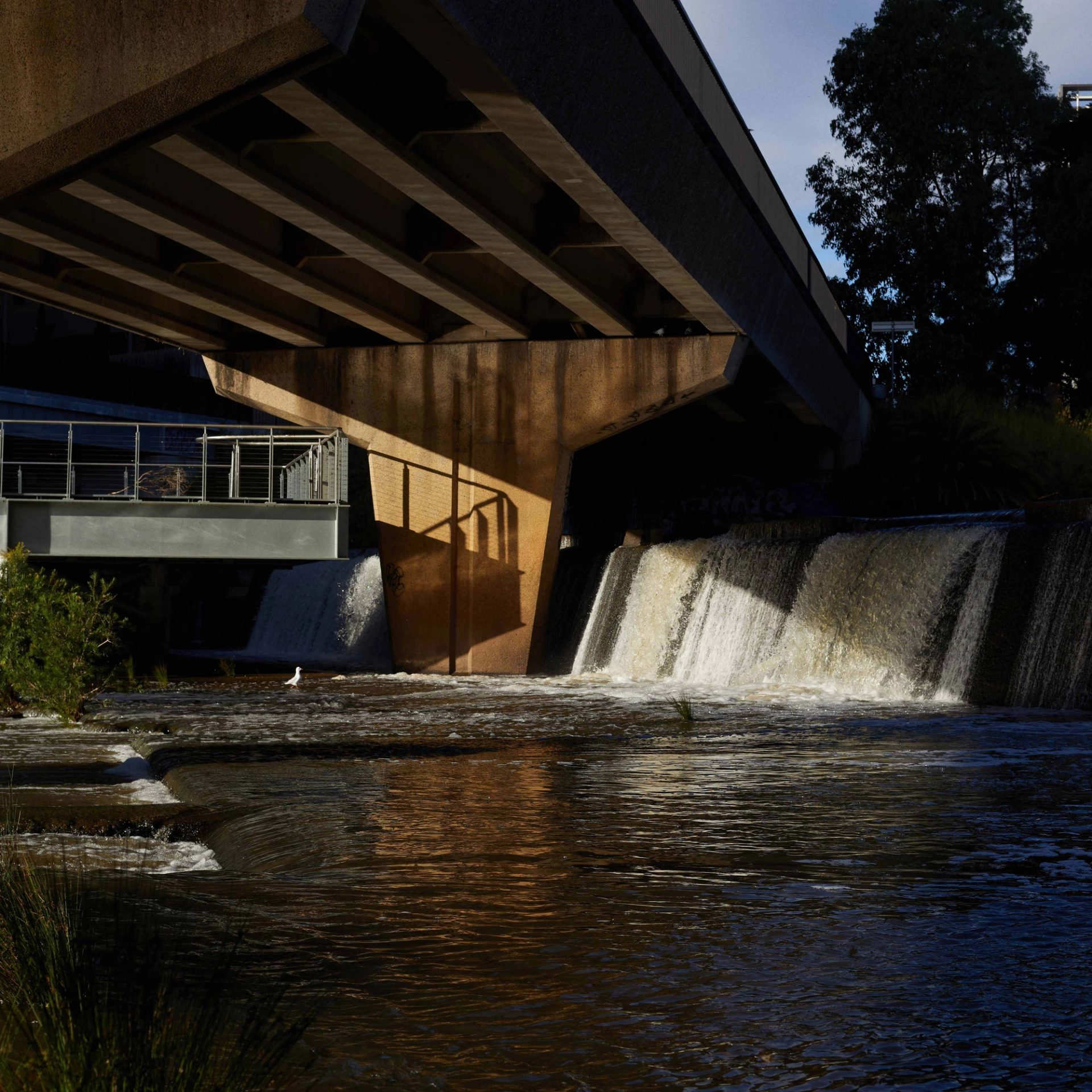Walking Backwards

Fiona Murphy was commissioned by Powerhouse to write this essay for The River, a series of new writing and photography responding to the landscape, communities and histories surrounding the Parramatta River.
Walking Backwards
i.
‘Have you ever heard of the Kawa Model?’ asks a friend over lunch.
We are camped on a set of wobbly chairs in the corner of a cafe. Outside there is a constant rumble of traffic along Enmore Road. My elbows are crooked and resting on the sticky tabletop, my body is pitched forwards so I can closely watch Shirley’s face as she talks.
‘No, what is it?’
Shirley explains that kawa is the Japanese word for river. Pushing her plate aside, she pulls up an image on her phone. It is a diagram of a river drawn at a cross-section, so our point of view is as though we are submerged.
‘The river is a way of conceptualising life,’ says Shirley. ‘The model was developed by Japanese occupational therapists as a tool to help people navigate difficult conversations, make plans, solve problems or put things into context.’
Within the belly of the river there are boulders and branches stacked at sharp, rakish angles.
‘The boulders are the obstacles or challenges someone might experience,’ explains Shirley. ‘The driftwood represents influencing factors. Such as someone’s personality, mood, temperament. And those tiny spaces between the boulders and driftwood are the opportunities for enhancing your life’s flow.’
Shirley tells me she learnt about the Kawa Model while training to become an occupational therapist. Ironically, she’s now using the model to transition away from clinical work and towards a new career.
As we eat, we talk about the boulders in her life: cost of living, rising rent, caring for her aging parents, institutional racism. As well as the driftwood: her curiosity to learn, grow, develop. We talk until well after the lunch time rush has ended.
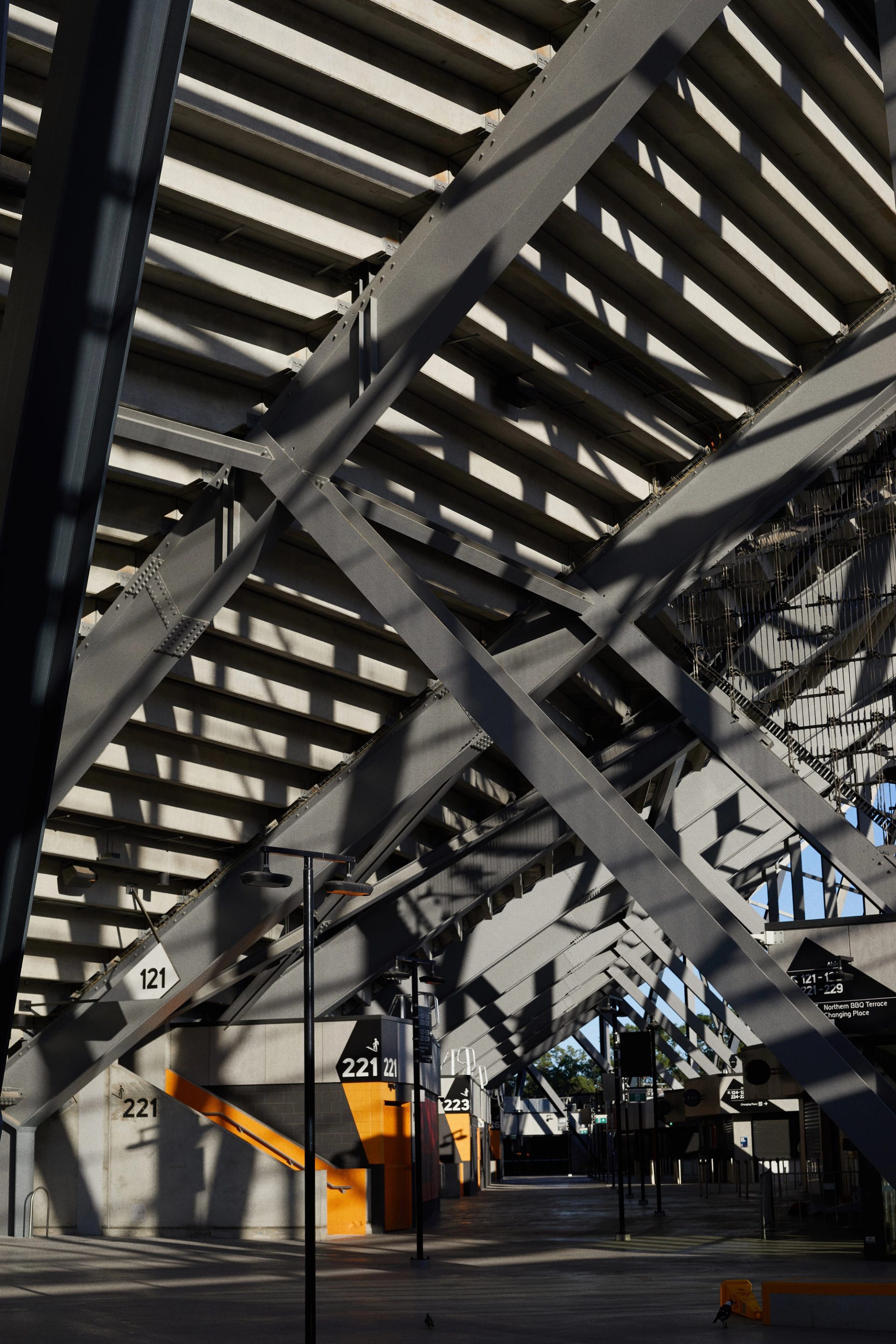
Only later, when I’m walking back to the train station, I consider all the reasons I hadn’t told Shirley about my upcoming walk along the Parramatta River. There were ample opportunities to share my thoughts. But even as images of waterways slinked through our conversation, I kept my plan a tightly guarded secret.
*
My plan started as a vague idea several months earlier and was inspired by the work of the Canadian author and avant-garde composer, R. Murray Schafer. As one of the pioneers of acoustic ecology — the study of the relationship between humans and sonic environments — Schafer coined the term ‘soundscape’.
In his non-fiction book The Soundscape, Schafer writes with great enthusiasm about the act of listening with candour and curiosity. By being open to engaging with all the sounds without discrimination — the rumble of traffic, the rude honk of horns, the relentless churn of manufacturing — can be a beautiful, if not miraculous, experience.
Schafer encouraged people to engage in regular ‘ear cleaning’ — a process that consists of going for a walk with the singular intention of listening to the environment. In the 1970s, this practice became known as a soundwalk. Each year, people from around the world conduct soundwalks to mark Schafer’s birthday on 18 July. More recently this date has become widely known as World Listening Day.
I have been thinking of completing my own soundwalk for months. Schafer suggests that leaning into sound, rather than resisting it, is the solution for finding peace in an increasingly loud world. The idea of scouring my body of noise is deeply appealing. Lately, my head has felt heavy and full. I have become irritable and inclined to snap.
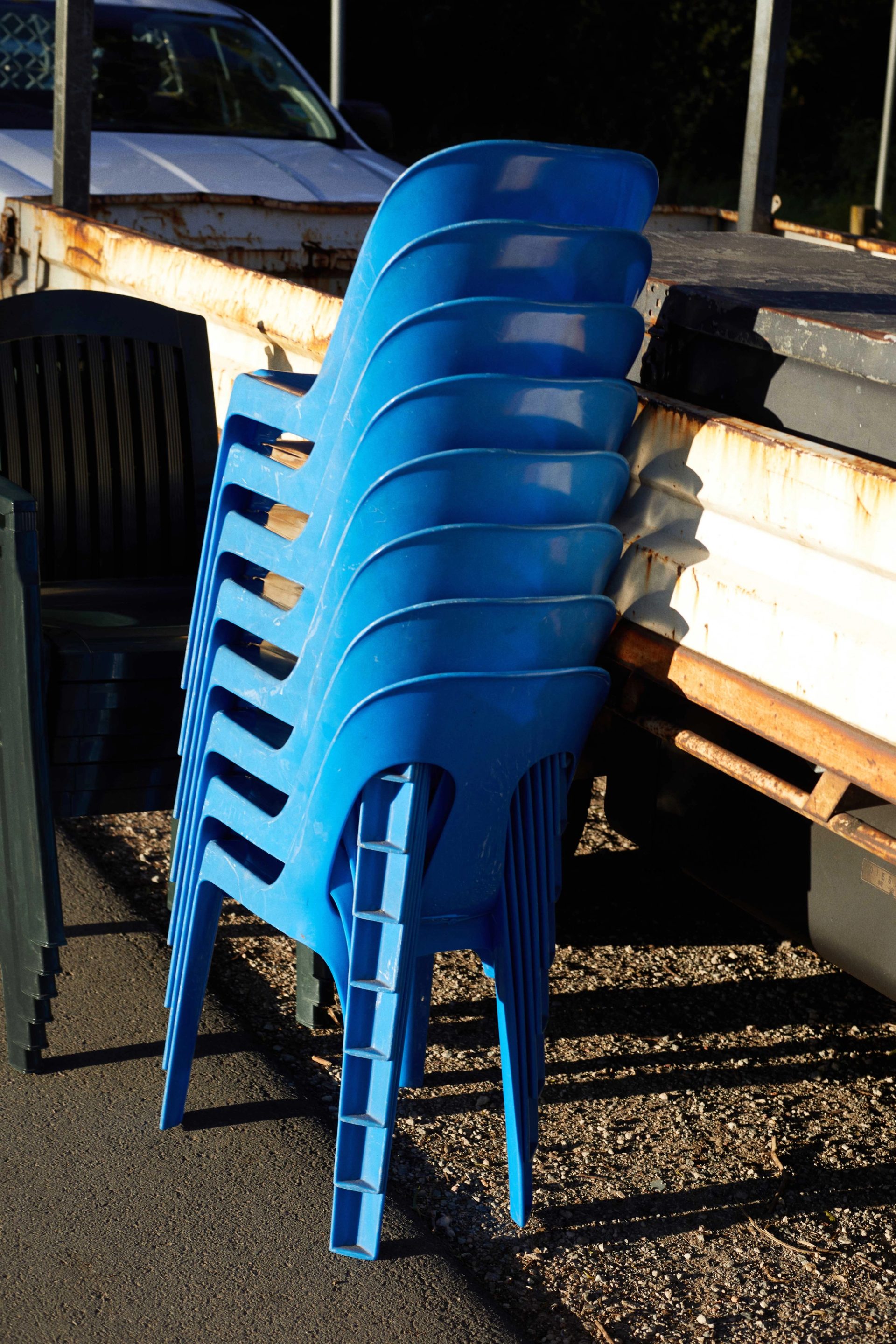
But I find endless excuses to delay it: work, social events, the weather (too hot, too cold, too wet, too windy, too dark), headaches, medical appointments, family responsibilities. As Schafer’s birthday approaches, I still haven’t firmed up plans for my soundwalk.
After being harangued by another particularly nasty headache, I begin to think about possible locations. While Schafer suggests all soundscapes offer splendour and wonder, I have my doubts. I live next to a highway. Six lanes wide, the road cuts through Western Sydney and ribbons its way over the mountains.
I turn to Google Maps. Among the large tracts of grey and green, my eyes alight on the Parramatta River. Tapering and curving with blue ease and beauty. Land shaping water, water shaping land. Perfect.
Even as I become excited about my soundwalk, I remain protective of the idea. While I’m certain the walk will be worthwhile, there is a strong possibility I won’t be able to find the words to describe my experience. And even if I do find the words, I suspect few will understand or relate to them. Unless, of course, they are also deaf.
*
Most people assume that being deaf means a life devoid of sound. The reality is just the opposite. Deaf people learn to listen with their entire bodies: eyes, fingers, lips, noses, muscles. We are alert to the world’s soundscape; it washes over us. Soaks into our skin.
ii.
I begin my walk underground, concrete encasing me. Tapping my Opal card, I watch the green light flash before the turnstiles swing open. Looking left and then right, I cross the concourse by quickly zig zagging through the tides of people. It is only when I stand with my back against the wall, I begin to relax. A little.
*
Years ago, I read that looking at the horizon calms the nervous system. Our breathing deepens and our heartbeat slows whenever we let our eyes rove along the sky’s blue curve.
This factoid was tucked into an article about ergonomic desk set-ups. The theory goes that for thousands of years our ancestors scanned the environment looking for threats. And so, suggested the article, to maximise our productivity we should look up from the glare of our computers and stretch our sightlines beyond Excel spreadsheets. Even if this just means casting your gaze around your open plan office every hour or so. This may be just enough to reassure your brain that nothing is creeping up on you.
I often think about this advice. Not because it strikes me as bizarre or unusual. But rather because it is the opposite. This theory gives shape to the feeling that has lived in my body since childhood. A feeling that is electric in my nerves: fear.
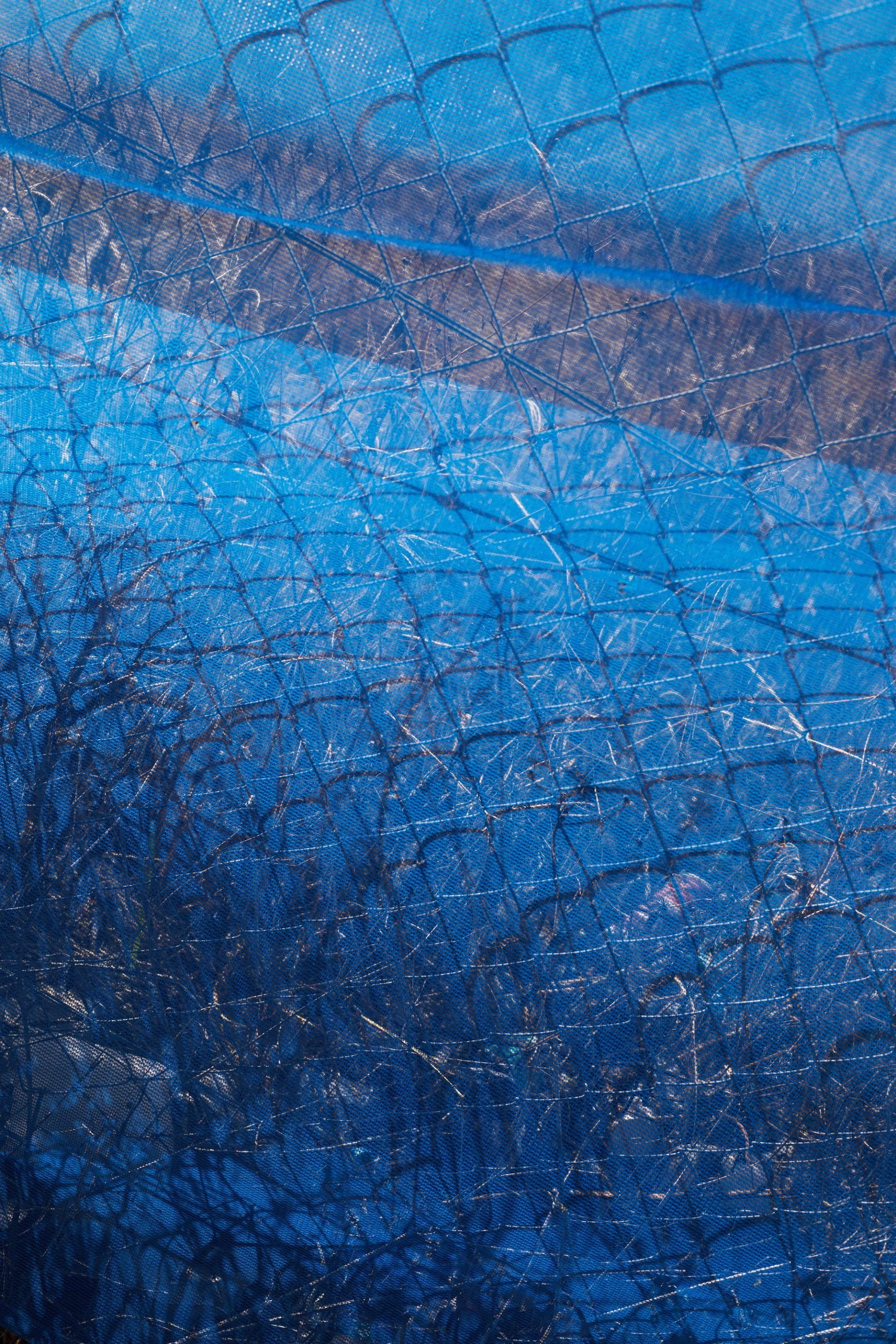
I am becoming increasingly skittish as my residual hearing dips lower. Shadows. Echoes. Glare. Sudden, lifting winds. I watch everything closely, listening with my eyes. But even in open plan offices, surrounded by kind co-workers, my body becomes suspicious and trembly with unease. I am exhausted. The thought of cleaning my ears, eyes and skin of sound feels urgent.
*
I leave the train station wall behind. Rising above the ground, I make my way to the river. Sticking to the left side of the pavement, I watch the ground as I walk. To be deaf is to live in a world of shadows. Alert to the contrast of shape and light.
Halfway up Church Street, I catch sight of a shadow stretching long across the concrete. Its arms are punching the air with force and vigour. I tuck myself into the doorway of a shop and glance backwards over my shoulder. A woman powerwalks past me.
*
The surface of the river is a dark shimmer, whatever exists within is unseen, unknowable. I sit alone on a park bench. The noise of the tunnel is still tight in my temples.
The footpaths along the river are crowded with people cycling or running. Families walk together, faces bright with conversation. Many move with quick, forward purpose. A pace that has become habitual for me. It feels effortful not to charge down the path and accrue my daily steps before retreating to my flat.
I force myself to sit and listen. To my ears, the nearby rumble of trucks and cars has the weave of white noise, soft and indistinct. Even with effort I can’t pick apart distinct sounds.
I turn my attention to what is within my line of sight. I watch birds conducting the solemn work of inspecting the earth for worms or grubs. Feathered bodies bowing. Then the mighty force of beaks driving into the soil.
Somehow several minutes have passed. I continue to watch birds tipping their heads back, slurping down worms. I am inventing sounds. Dreaming them up. I don’t have a clue what a bird sounds like when breakfasting. I pull myself into standing and bully my focus to what is true and real.
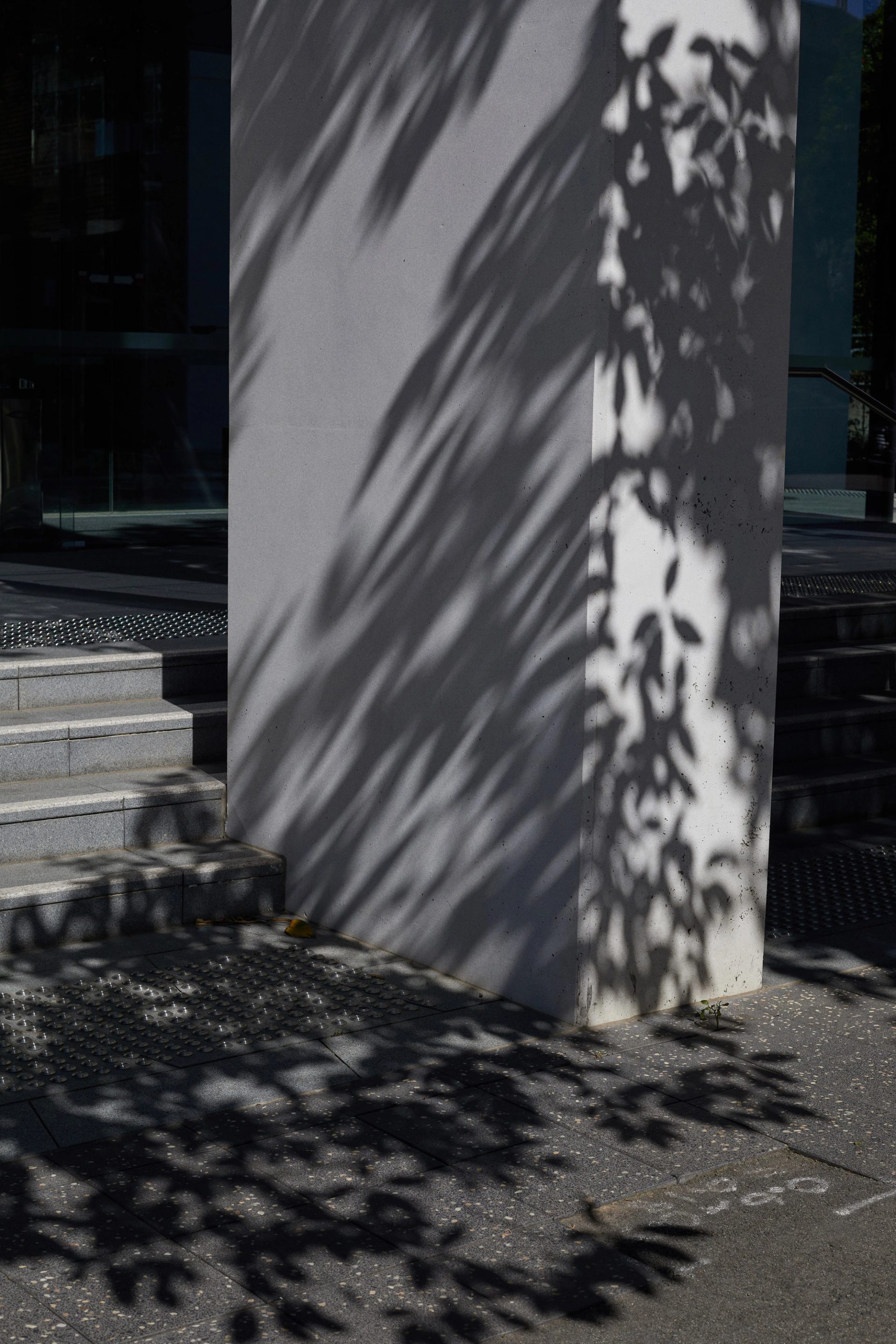
*
DeafSpace designer, Robert Sirvage, spends his days thinking about how to make buildings accessible for deaf people. He considers the dynamics of light and shadow, the welcoming curve of walls, the power of an uninterrupted line of sight. Sirvage suggests, that instead of blocking your ears, the closest way a hearing person can experience deafness is if they were to walk backwards.
As I walk, my body listens.
Hemming myself tightly to the left side of the footpath, I watch the water as I walk. The river widens and deepens. Its skin spangled and rippling, its rhythm tidal and recursive.
And yet, it fails to hold my attention.
Instead, my eyes swing back and forth, back and forth. I scan the concrete path, watching for the quick, boxy shadow cast by bicycles. Cyclists appear out of nowhere, passing in packs of two or three or four.
Eventually, near Noller Bridge, I veer off the path and onto the spongy grass. Instantly, my shoulders drop, unencumbered by the concern of cyclists. From the base of an oak, I watch the trees along the riverbank breathing, leaves lightly licking the air. Under its canopy, I hear the oak shiver.
*
The gravel is loose underfoot. My walking speed slows. I pay close attention as my sneakers imprint the ground. It wasn’t until my mid-twenties that I discovered that feet can be loud.
For several months I had been feeling lonely. This feeling would become painfully acute during nights out with friends. Each bar was too dark and too crowded, to communicate. I would slip away, lock myself in a toilet cubicle. Somehow being by myself felt less isolating than standing in a crowded room. I became fixated on trialling hearing aids, convinced that technology would solve my issues.
‘You probably won’t like them,’ warned my audiologist.
‘Why?’
‘You’ve had well over twenty years without them … you’ve gotten used to the world as it is.’
‘It’s worth a shot,’ my voice felt thin.
She fitted the aids to my ears.
‘Try these out for the next two weeks. And then let me know if you want to invest in a pair.’
Leaving the clinic, I strode forward with purpose, eager to start my exciting new life. My joy ebbed. What was that sound? Each step I took was a rude, forceful slap off the pavement.
For the next fortnight I persisted, hopeful and committed to a vision of late nights of dancing and easy conversation. But my ears couldn’t adjust. No matter how quietly, how softly I moved—my feet, clothes, even hair, distracted me. I spoke only when it felt necessary, too discomforted by the sound of my own voice.
When returning the hearing aids, I told the audiologist she was right. I had hated the experience. Ears unadorned, it was a relief to slide back into the gaps and spaces between sound. Only then, I could begin to hear myself think again.'
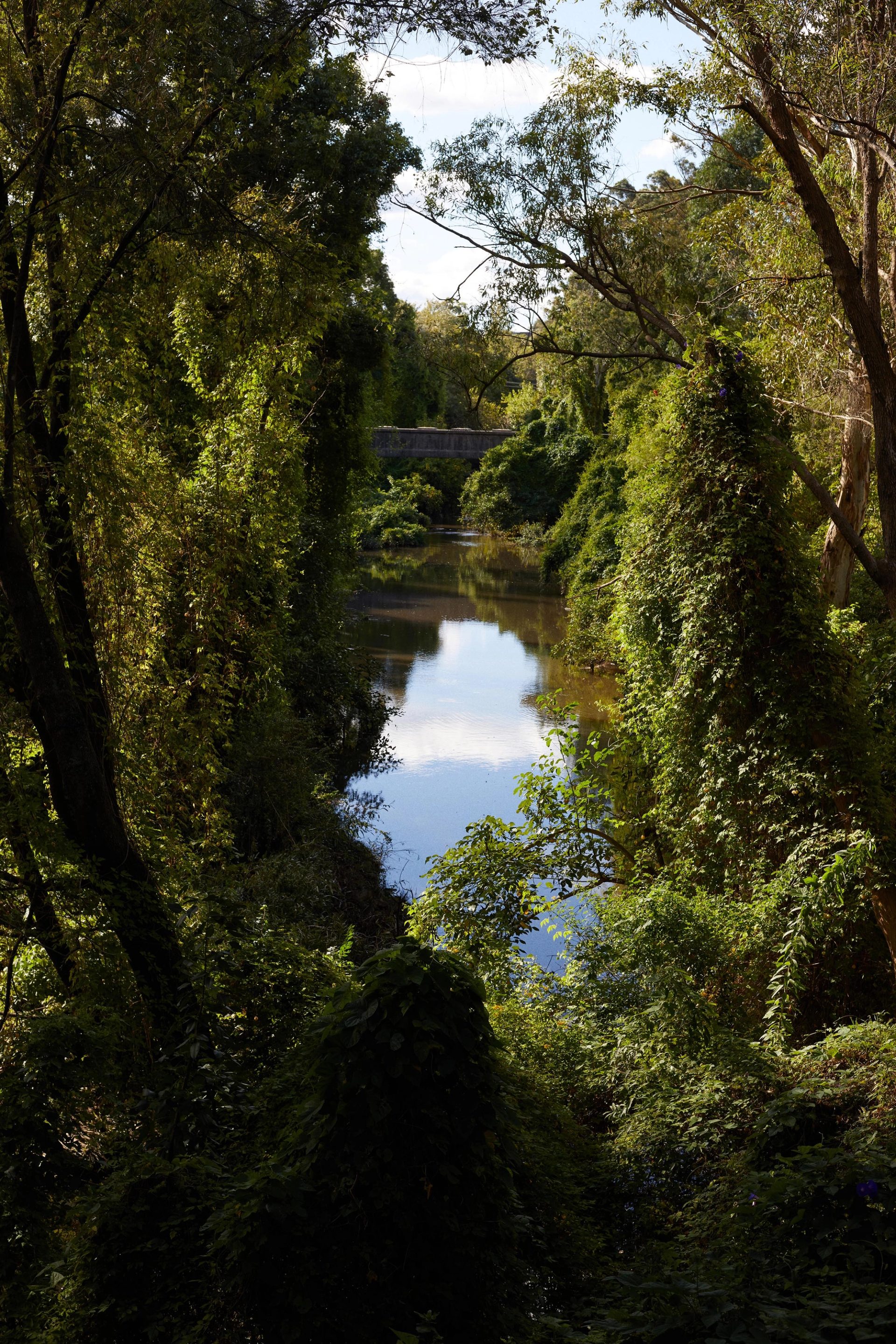
*
As I circumnavigate the football stadium perched on the banks of the Parramatta River, I notice that I am massaging my mandibles. My jaw is tightly clenched, teeth sitting grooved together. I am trying too hard to listen. I am trying too hard to detect what sits outside of my hearing range.
I stop and watch a woman rollerblading around the empty carpark. Shifting weight from side to side, she moves with a smooth, practiced elegance.
After a few moments, I turn away. Instead of focusing on each step, I tell myself to just glide.
*
At my feet the river moves with prowess. I stand alone on Buttons Bridge where the sunshine is gentle and tinged with frost. The water bubbling, frothing, and breathing as it collides with concrete. I have been walking for over an hour. I feel keen, calm, revived.
Once I began gliding, I began to listen openly and earnestly and indiscriminately. Instead of trying to decode each sound, I allowed it to slide over my skin.
I wonder if my sense of ease has also been shaped by the curve of river. There are fewer people on this side of Buttons Bridge. And yet, there is so much conversation in the air. The trees are festooned with thousands of flying foxes. Hanging by their feet, their tightly wrapped bodies swing in the air.
I think of the Kawa Model. I suspect many hearing people may classify deafness as a boulder, a burden. Despite the exhaustion of navigating a hearing world, I can’t help but think about how clever, how nimble and resourceful, deaf bodies are to walk backwards through the world without anyone realising.
First Nations languages are part of oral traditions that have existed for millennia and do not directly translate into the Roman alphabet, as used in English. Therefore, First Nations languages’ sounds have been interpreted in many different spellings. This means that the same words, including language groups and place names may be spelled in two or three different ways. For this publication, we have privileged the spellings of First Nations words the way the authors have suggested unless advised otherwise by Traditional Owners.
Writer
Fiona Murphy is an award-winning writer, editor and accessibility consultant whose debut memoir, The Shape of Sound, explores her experiences with deafness and disability. It was highly commended in the 2022 Victorian Premier's Literary Awards. Her work has appeared in The Guardian, ABC, The Saturday Paper, Griffith Review and The Big Issue, among many other publications.
The River
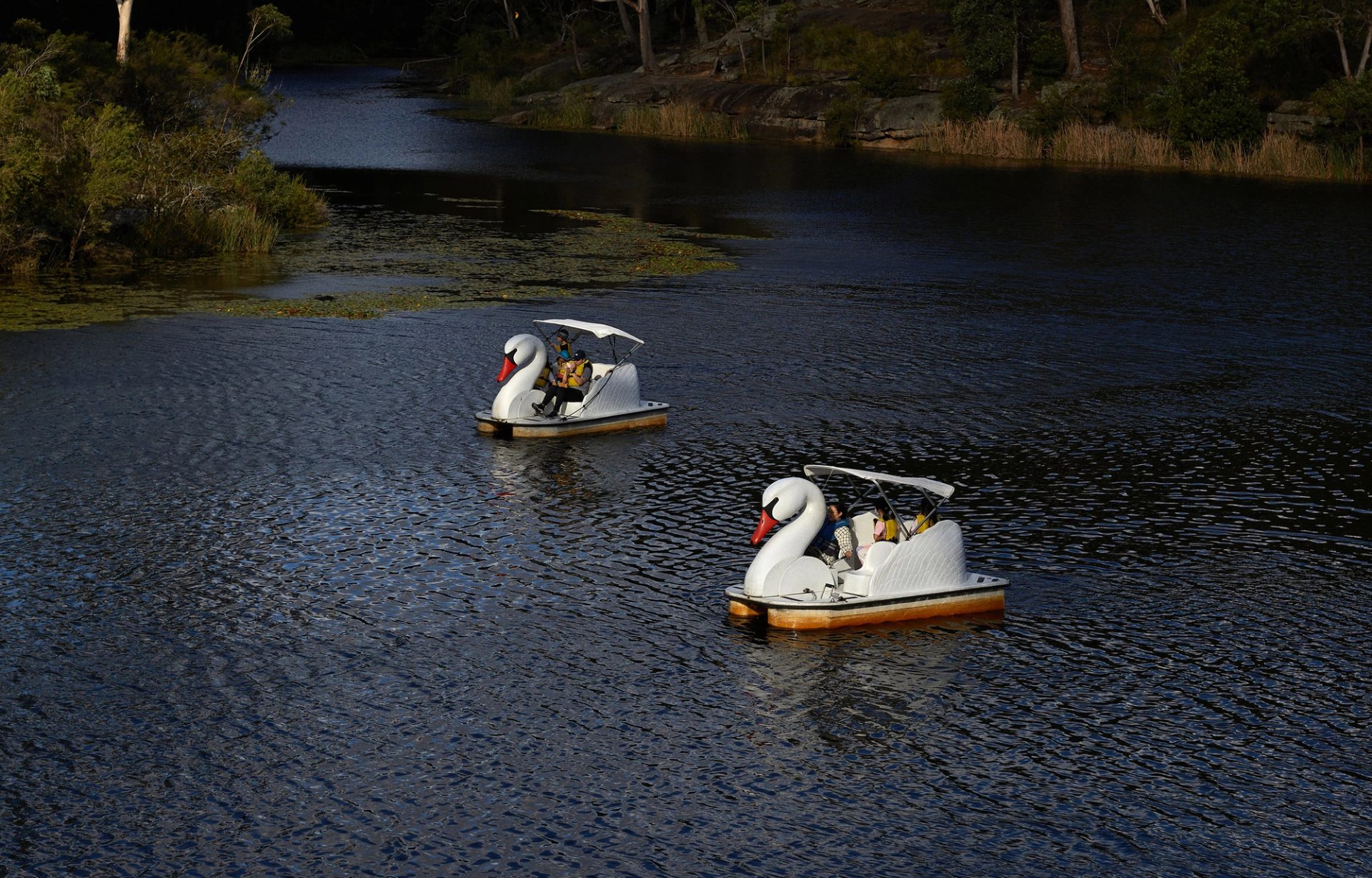
The River is a collection of new Australian writing and photography responding to the landscape, communities and histories surrounding the Parramatta River. Featuring Lachlan Brown, Willem Brussen, Felicity Castagna, Anwen Crawford, Maarama Kāmira, Joseph Mayers, Fiona Murphy, Conor O’Brien, Jiva Parthipan and Vivian Pham.
Writer: Fiona Murphy
Commissioning Editor: Felicity Castagna
Head of Writing, Powerhouse: Jemma Birrell
First Nations Cultural Advisors: Beau James, Nathan Mudyi Sentance
Senior Editor, Powerhouse: Katrina O’Brien
Photos: Conor O’Brien











